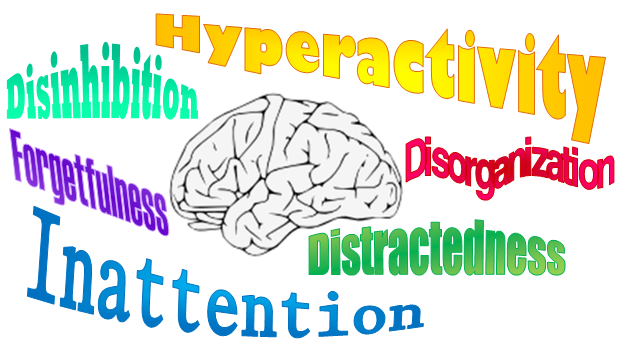
ADHD, officially known as Attention Deficit Hyperactivity Disorder, represents a neurodevelopmental condition that exerts its influence on a substantial number of children across the globe. It is marked by the co-occurrence of symptoms encompassing inattentiveness, hyperactivity, and impulsivity. The importance of early detection and intervention cannot be overstated, as ADHD possesses the potential to exert a profound impact on a child’s academic performance, interpersonal relationships, and overall well-being. Within this discourse, we shall delve into four fundamental methodologies for identifying potential indicators of ADHD in your child. The prompt recognition of these signals in the early stages can facilitate timely intervention and supportive measures, ultimately fostering the holistic development and flourishing of children grappling with ADHD.
- Behavioral Signs and Symptoms
Centers for ADHD testing in Chicago are equipped to evaluate a child’s behavioral signs and symptoms, which are key indicators of the disorder. Inattentiveness, characterized by challenges in sustaining concentration on tasks, frequent instances of oversight, and forgetfulness regarding routine activities, stands out as a prevalent symptom. Hyperactivity represents another significant facet, as children typically display excessive restlessness, an inability to maintain a seated position, and often engage in protracted and overly talkative behavior. Impulsivity, constituting the third core symptom, is evident through impulsive actions, a lack of consideration for consequences, interruptions during conversations or activities, and difficulties in exercising patience when waiting their turn. The ability to discern and acknowledge these behavioral indicators and symptoms is a pivotal step in the process of identifying ADHD in a child.
- Academic and School-Related Indicators
ADHD can exert a considerable influence on a child’s scholastic achievements and conduct within an educational setting. A noteworthy portion of children grappling with ADHD often encounters difficulties in the academic realm, marked by persistent underperformance, challenges in fulfilling assignments and homework requirements, and educators offering valuable insights through reports of inattentiveness or disruptive behaviors within the classroom. Frequent requisitions for meetings or interventions at school should be regarded as notable signals. Furthermore, parents may discern a substantial variance in their child’s demeanor when transitioning between home and school environments, which serves as an additional indicator suggesting the presence of ADHD.
- Social and Emotional Clues
In addition to its impact on academic performance, ADHD can significantly influence a child’s social and emotional development. Children grappling with ADHD frequently encounter challenges when establishing and sustaining friendships, primarily due to impulsive behaviors that may precipitate social conflicts. Concurrently, experiences of diminished self-esteem and self-confidence are commonplace, as these young individuals may internalize adverse interactions and experiences. Moreover, emotional dysregulation represents a salient feature characterized by frequent fluctuations in mood, episodes of anger or frustration, and heightened emotional sensitivity. The ability to recognize and interpret these social and emotional cues can prove invaluable in the process of identifying ADHD in your child and subsequently facilitating the provision of essential support.
- Family History and Genetic Factors
Gaining an understanding of your family’s historical background and the influence of genetic factors can yield valuable insights into the potential presence of ADHD in your child. Open discussions about ADHD within the family are imperative, as it may exhibit a familial pattern, underscoring a predisposition rooted in genetics. In cases where a history of ADHD is apparent among close relatives, the probability of a genetic connection is heightened. Nevertheless, it is essential to bear in mind that genetics constitutes just one facet of the multifaceted ADHD diagnostic framework. Therefore, seeking the expertise of a healthcare professional for a comprehensive assessment remains an indispensable step in securing an accurate diagnosis. Healthcare providers occupy an integral role in the evaluation and diagnosis of ADHD, ensuring a holistic and precise understanding of the condition.
Conclusion
Recognizing ADHD signs in your child is pivotal for providing essential support and interventions. These four diagnostic pathways—behavioral cues, educational performance, social and emotional indicators, and familial history—constitute invaluable tools for identifying this neurodevelopmental condition. Early intervention can profoundly impact your child’s life, equipping them with effective symptom management strategies and fostering overall development. If you suspect ADHD, consult a healthcare professional for a comprehensive evaluation and guidance on support and management. It is imperative to recognize that through appropriate interventions, children diagnosed with ADHD can go on to live satisfying and prosperous lives.


